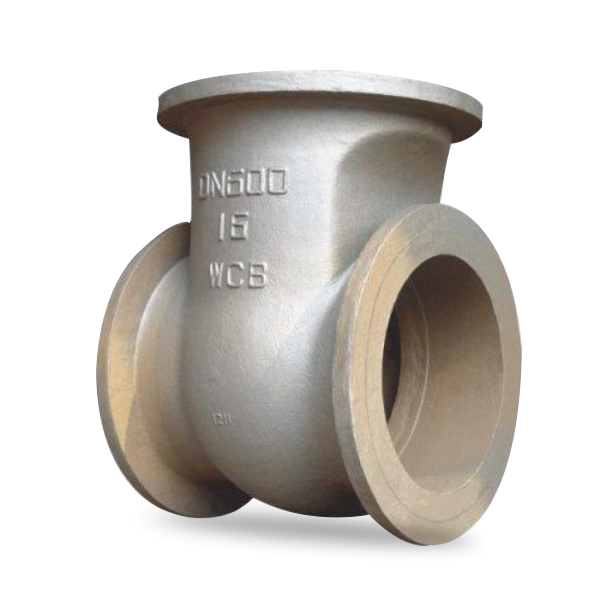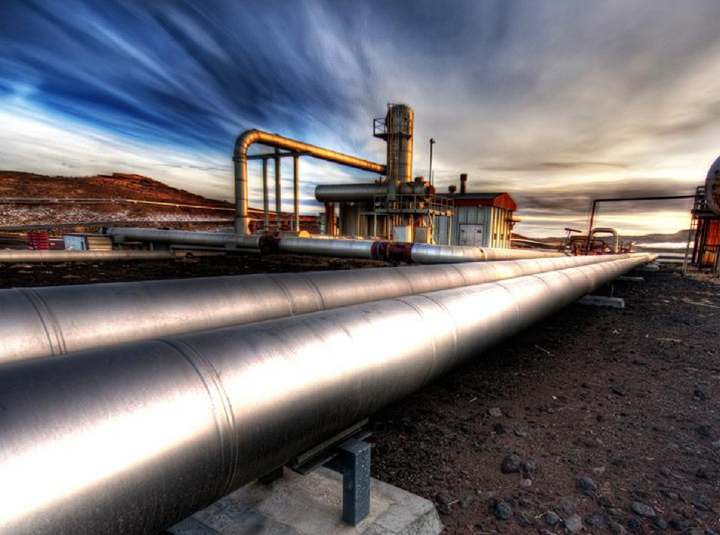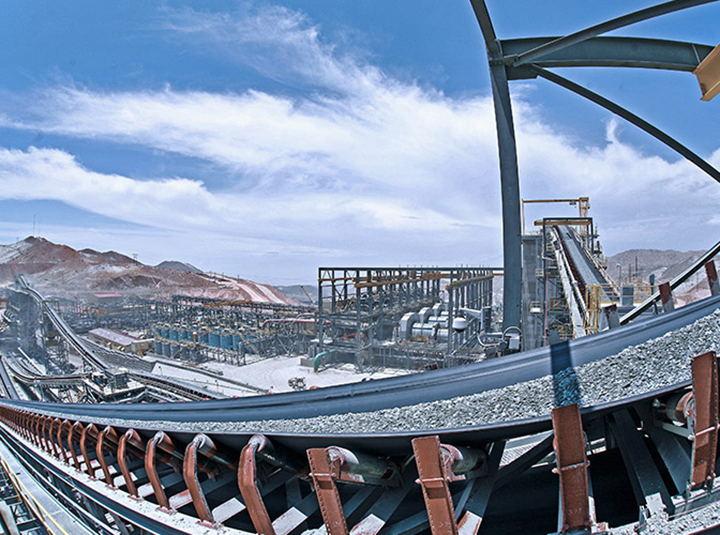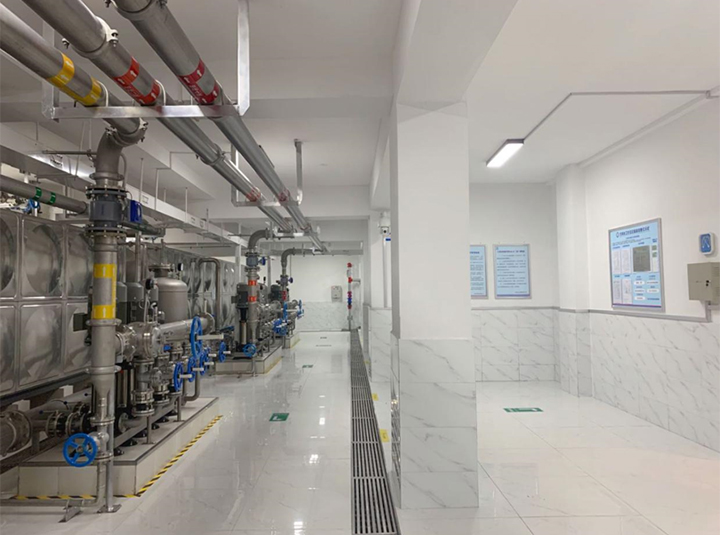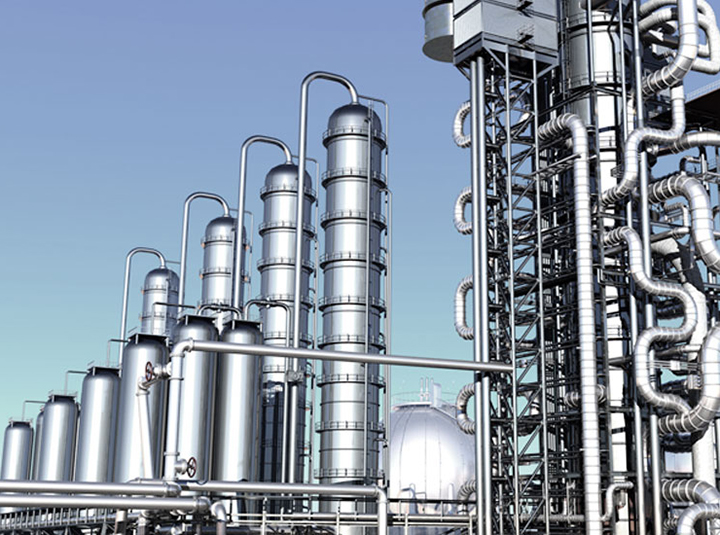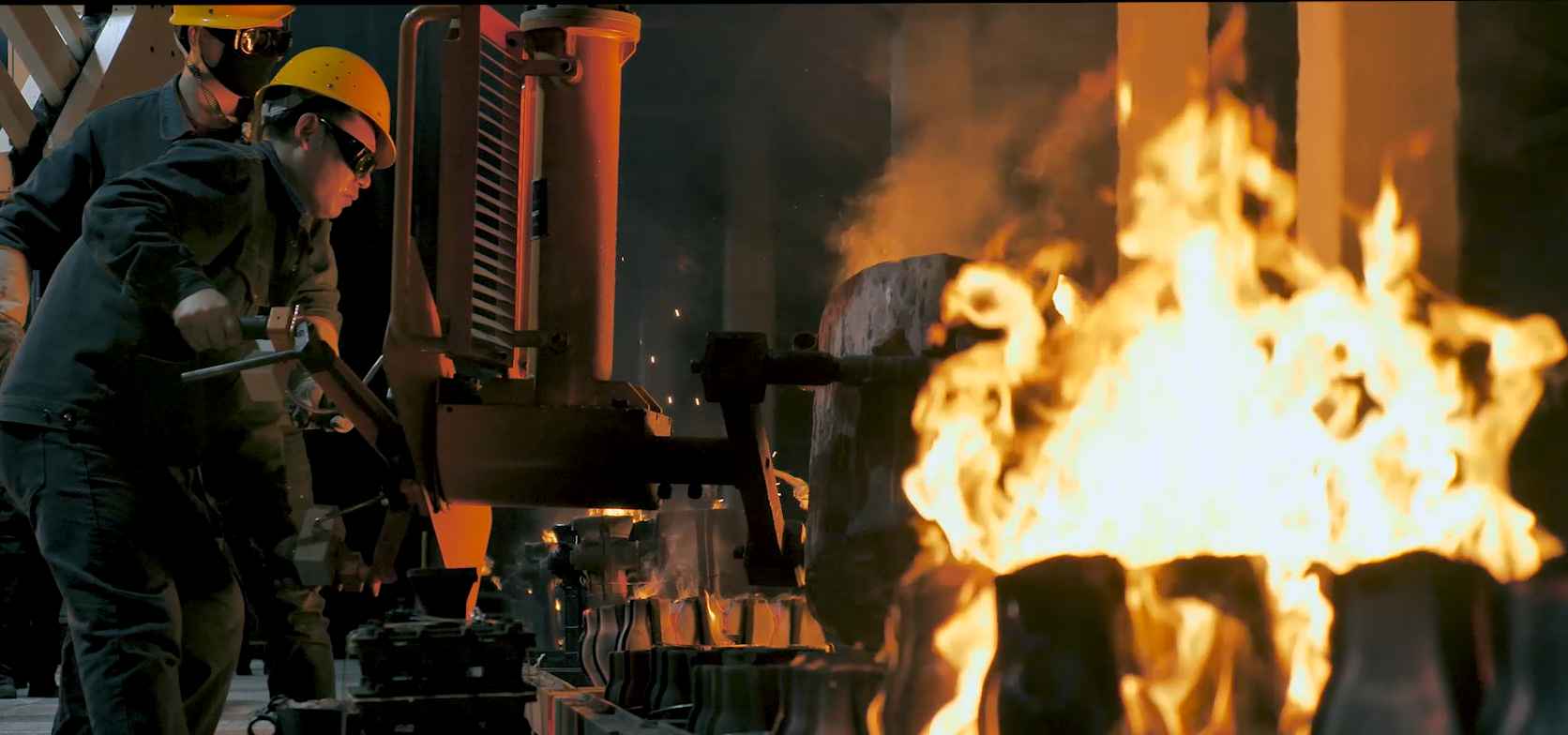The main difference between a check valve and a butterfly valve is their functionality. A check valve is used to prevent backflow in a pipeline, allowing fluid flow in only one direction. On the other hand, a butterfly valve is designed to control and regulate the flow of fluid through a pipe by using a rotating disc. While a check valve ensures one-way flow, a butterfly valve allows for adjustable flow control in both directions.
- A check valve, also known as a non-return valve or one-way valve, allows the flow of fluid in only one direction.
- It is designed to prevent backward flow or reverse flow of fluid in a pipeline.
- The check valve automatically opens and closes depending on the flow direction and pressure differential.
- It typically consists of a disc or a ball that moves against a seat to block reverse flow when the pressure exceeds a certain threshold.
- Check valves are commonly used in plumbing systems, sewage systems, and other applications where preventing backflow is crucial.
- A butterfly valve is a type of quarter-turn valve that controls the flow of fluid through a pipe.
- It uses a disc-shaped element, known as a butterfly, that rotates around a centrally located axis to regulate the flow.
- The disc can be positioned parallel or perpendicular to the flow, allowing for various degrees of fluid control.
- Butterfly valves are often used for flow regulation, on/off control, and throttling applications.
- They are commonly found in water supply systems, HVAC systems, and industrial processes.
In summary, check valves are primarily used to prevent backflow, while butterfly valves are used to control and regulate fluid flow in pipelines.



